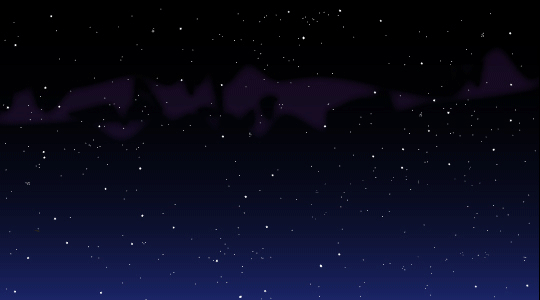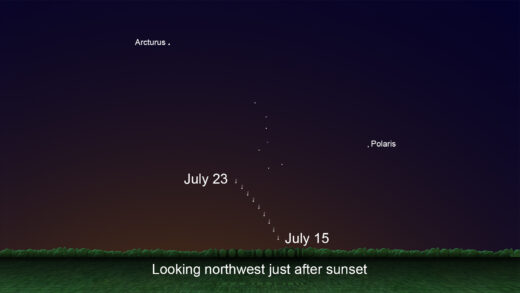
“Catch a falling star.” That idea shouldn’t be hard the first half of December when the Geminids send about 120 meteors per hour across the sky at its peak.
Although most meteor showers happen when the Earth passes through the debris from comets, the Gemeni meteor shower is debris left by an asteroid called 32 Phaethon.
However, the Geminids, as the shower’s meteors are known, are named for their radiant point in the constellation Gemini where the “Twins,” the bright stars Castor and Pollux, reside. They appear to emanate from Castor which can be found near Pollux.
But this meteor shower can be seen from all directions so don’t worry if you can’t pinpoint the constellation.
The Geminids, considered among the best meteor showers of the year, starts Dec. 3 in 2021. To catch it at its peak, look up the night of Dec. 13 into the early hours of Dec. 14.
Of course, the best viewing area would be away from city and street lights.
Two good Gemini Meteor Shower resources are NASA and NASA Solar System Exploration.



